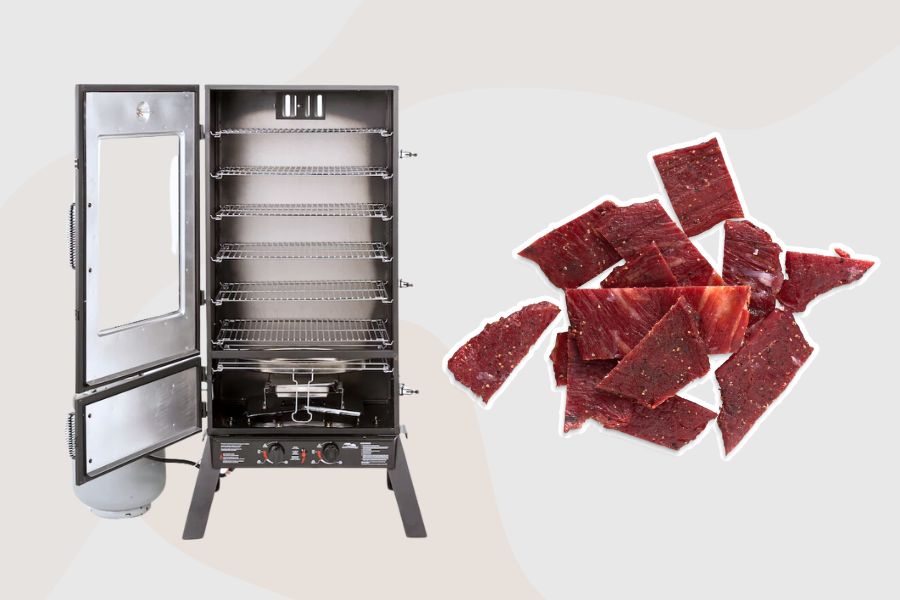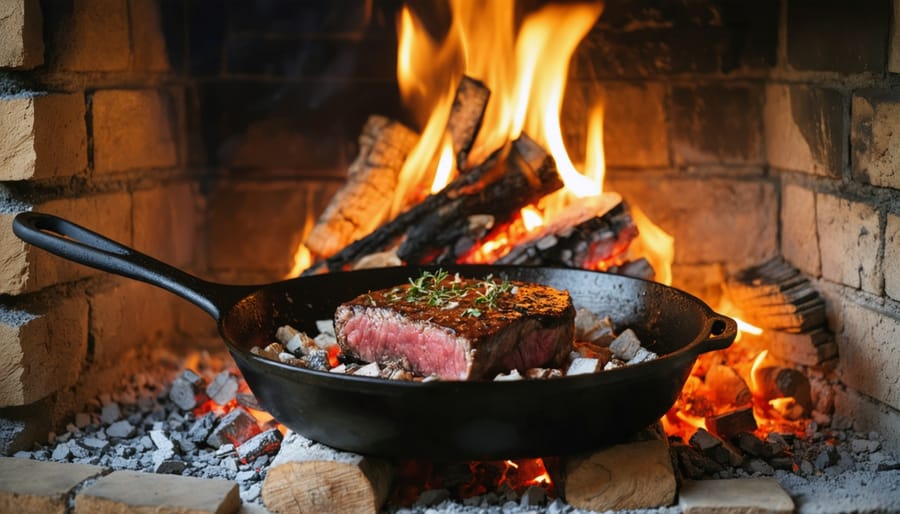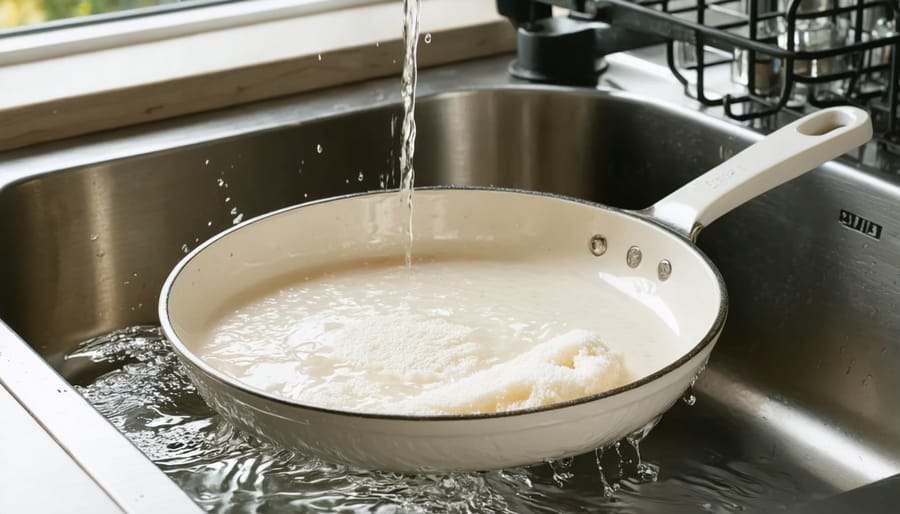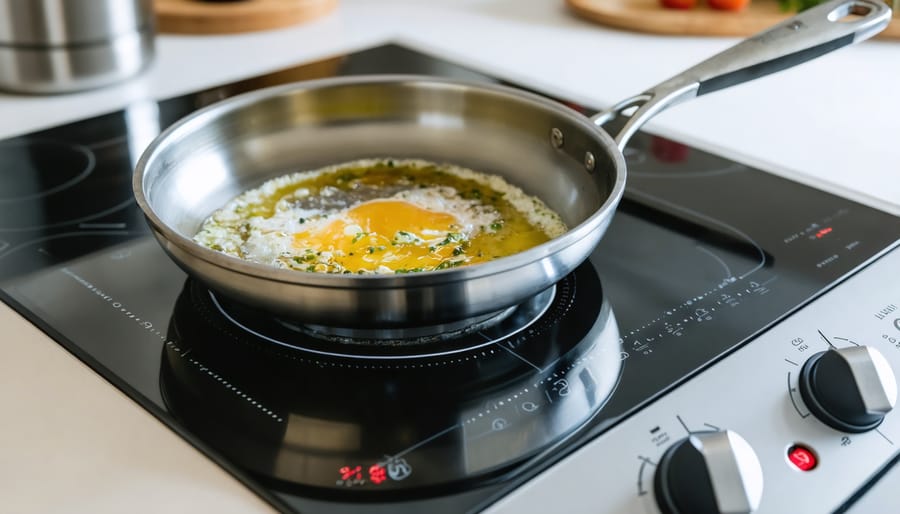Smoked beef jerky has been popular for thousands of years because it’s tasty, satisfying, and remarkably shelf-stable. It’s also highly versatile in terms of flavor, with your only real limit being the number of creative marinades you can come up with.
If you’d like to start learning how to smoke your beef jerky, there are a few things to consider. Read on to get an idea of where to begin!
Different Ways to Smoke Beef Jerky
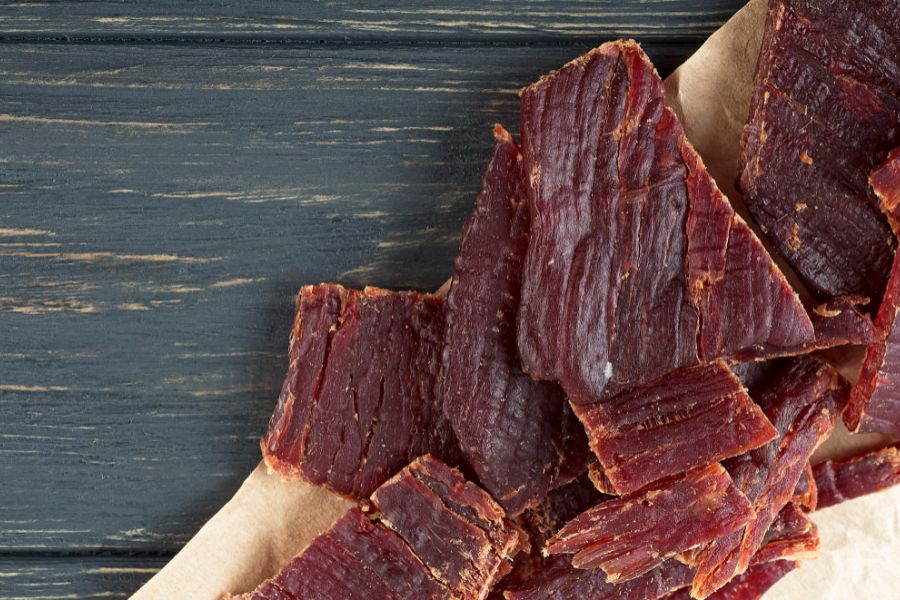
While there are a number of different ways to make beef jerky, including methods involving ovens, dehydrators, and sun-drying, I’d say that smoking is by far the superior method. The flavor and texture of smoked beef jerky simply cannot be beaten.
While smoking jerky might seem pretty straightforward, there are actually several different ways to do it. Some people like to use pellet or wood grills to smoke their jerky, while others prefer to use electric smokers. There are a number of charcoal and pellet smokers out there to choose from as well.
However, as plenty of experienced jerky smokers will tell you, one of the best tried-and-true methods of smoking great beef jerky is to use a propane smoker.
Benefits of Using a Propane Smoker for Smoking Jerky
When considering all the options, I’d say that smoking beef jerky with a propane smoker yields the best results, especially in terms of flavor. Alongside a more concentrated smoky taste, propane smokers’ convenience is far superior.
Electric grills require a power hookup, meaning that the smoking process is highly restricted in terms of location, and loss of power could result in spoiled meat as well. Coal and pellet smokers require a lot of extra prep and hassle to get going and are often harder to control in terms of temperature.
Propane smokers alleviate all these issues by providing portability, consistency, temperature control, and unparalleled smoky flavor, making them an excellent choice.
Steps to Smoke Jerky in a Propane Smoker
Craft Your Marinade
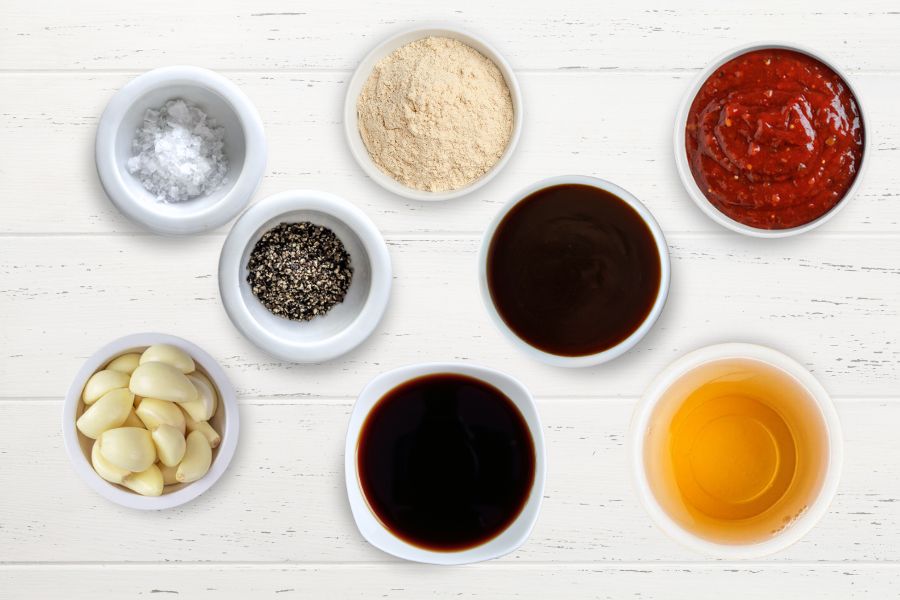
As I mentioned earlier, this is a fun step where you can get creative. As a heads up, you’ll want to do this part the day before you smoke your jerky since the beef strips need to be marinated overnight.
Some good seasonings to consider for your marinade include:
- Salt and pepper
- Garlic
- Onion powder
- Soy Sauce
- Worcestershire sauce
- Apple cider vinegar
- Hot pepper sauce or paste
Cut Your Beef in Slices
Slice your beef against the grain into strips under an inch thick, trimming away connective tissue and fat and making them as uniform as possible. The reason I stress uniformity is that each strip of beef should dry evenly. Otherwise, some pieces will come out tough and overdone by the time the thicker spots are properly cooked through.
Mix it up!
Once your strips are ready, mix them in a large bowl with the marinade, gently turning each piece to make sure it’s completely covered with delicious seasonings. Cover the bowl with a lid or plastic wrap and refrigerate it overnight.
Arrange in Your Smoker
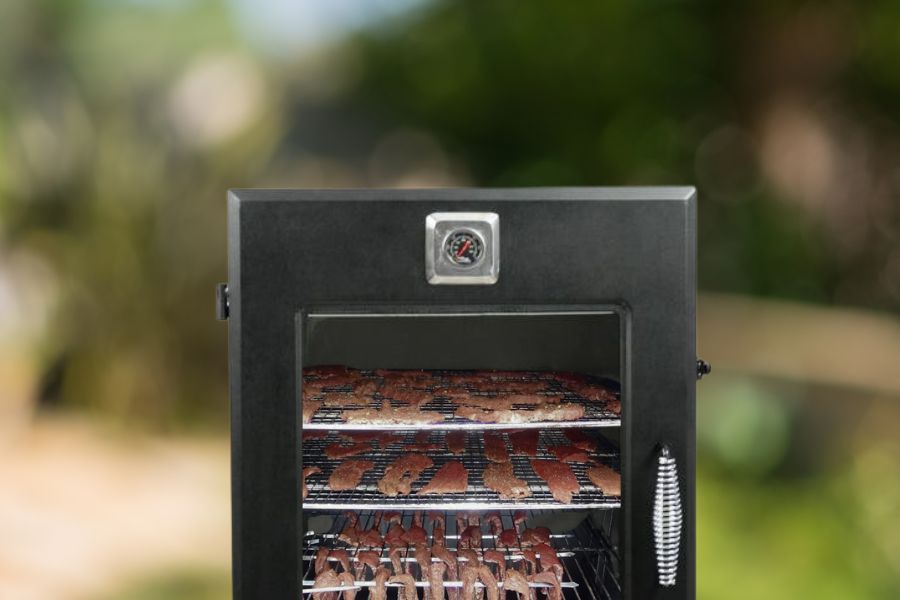
Lay the marinated beef strips out directly on your smoker racks instead of on a solid pan since you want plenty of airflow around the beef. Leave some room between each strip on the rack for the same reason.
Set the Temperature and Let it Smoke
Set your propane smoker’s temperature to low heat, between 175-200 degrees Fahrenheit. Pop in your racks full of beef strips, cover the smoker and let it go for around eight hours.
We recommend using a meat thermometer to ensure your smoker is maintaining the appropriate temperature. Many great wifi meat thermometers for smokers are available nowadays that sync with your smartphone or even smart home gadgets. Some of the master meat smokers will use either a Tappecue or FireBoard meat thermometer.

Remove and Enjoy!
Safely extract the jerky with grill tongs once the edges look dry, but the centers retain some moisture. It will take on an undesirably tough, leathery texture if overdone. Resist the urge to sample until the jerky has been left to cool and dry overnight.
Once a batch of homemade beef jerky is done, it will keep on the shelf for around a week, a couple of weeks in the fridge, and up to a year in the freezer.

